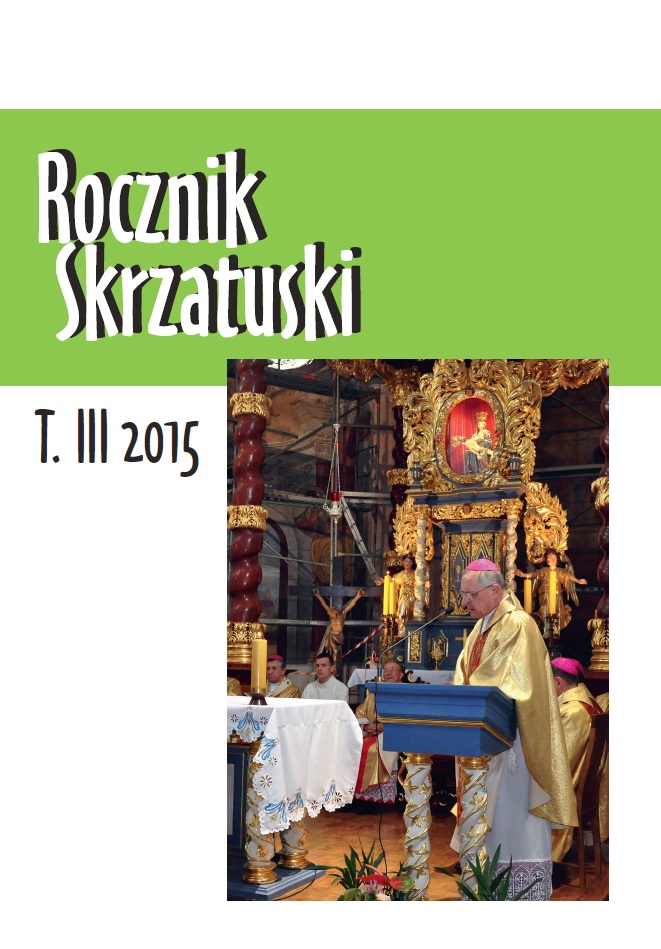
We kindly inform you that, as long as the subject affiliation of our 300.000+ articles is in progress, you might get unsufficient or no results on your third level or second level search. In this case, please broaden your search criteria.

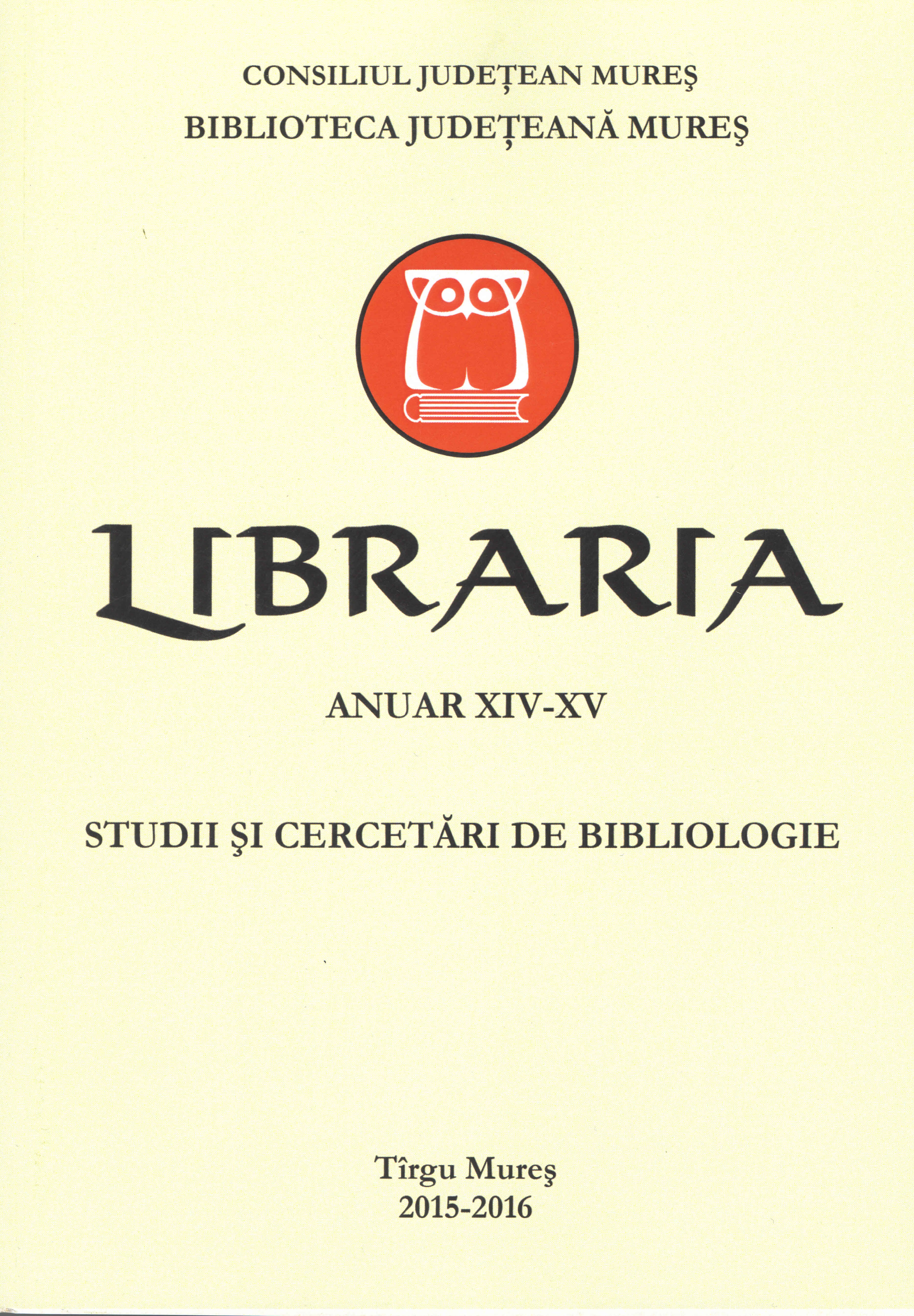
Dumitru Cionca (1868-1916) was an illustrious son of his native village, Bârsău de Jos, where he was a Greek-Catholic priest for more than 30 years. He has been collecting and publishing folklore since the time he was a student at Gherla. Member of „Astra,” he was involved in the struggle of national emancipation, being delegated to the Great National Assembly in Alba-Iulia on 1 December 1918. Our article also highlights his bibliophilic concerns.
More...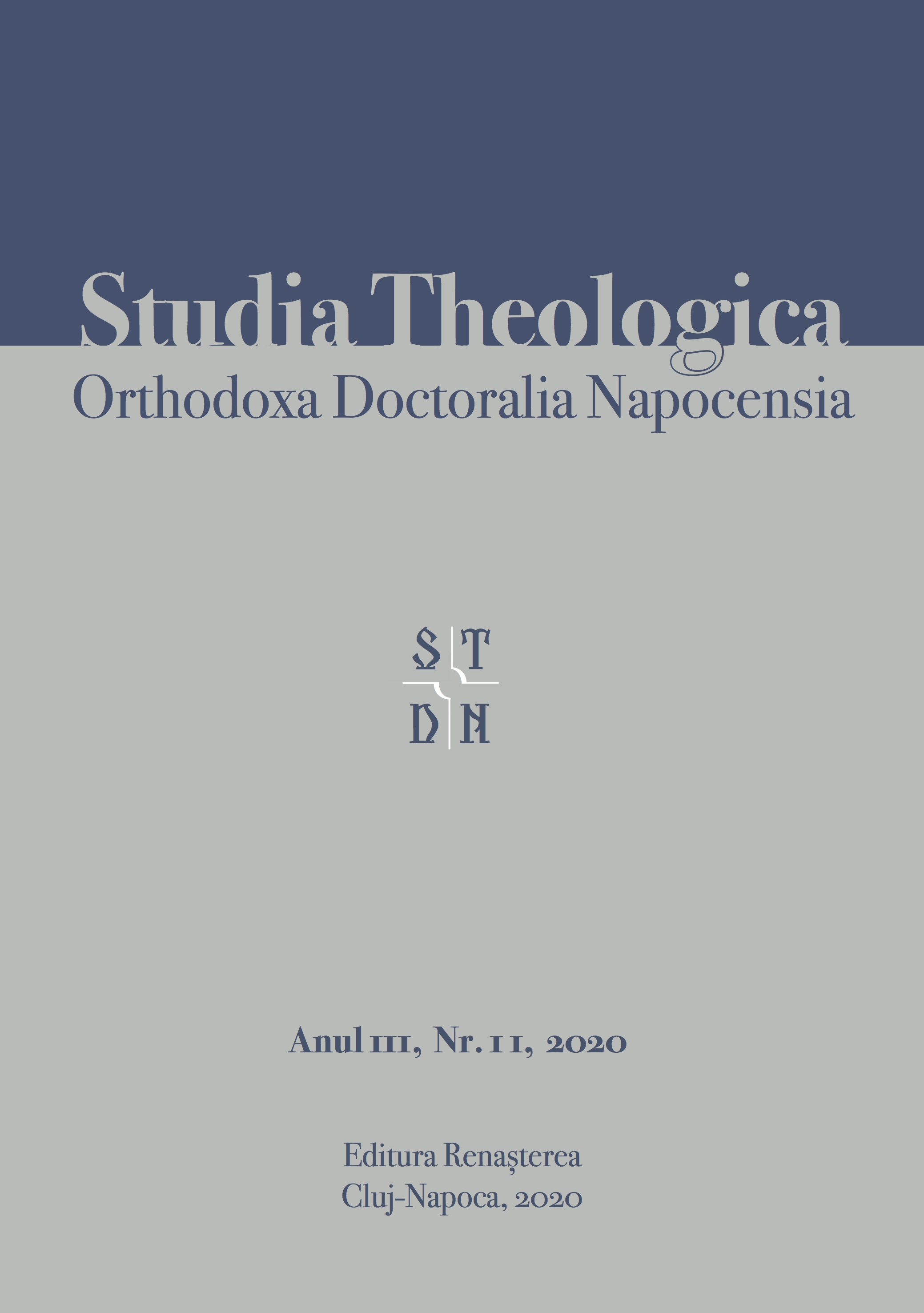
In this part of the book of Revelation, of a special significance is the picture of those slaughtered for the word of God (cap. 6), below the altar, an image that represents a liturgical vision. A new liturgical scene and a new hymn unity appear in chapter 7. There is described the sealing of God’s 144.000 chosen ones. We will present the hypothesis advanced by the researcher M. H. Shepherd Jr., of chapther 7’s drafting on the scheme of the initiation ceremony within the Paschal Liturgy, respectively of chapters 8-19 on the structure of the Easter Synax and Eucharist. In this part we will also analyze the liturgical and hymn unit from the book of Revelation, found in chapter 19. Hallelujah Doxology (Apoc 19, 1-8), in which references to martyrs appear (Apoc 19, 1-2), the four «Hallelujah» (Apoc 19, 1; 19, 3-4; 19, 6), an «Amen» (Apoc 19, 4), the exhortation addressed to all, young and old (Apoc 19, 5) and the comprehensive hymn (Apoc 19, 6-8) with its theological, Christological, and ecclesiological references, they make up the last and most important hymn unity of the book of Revelation.
More...
The study aims at describing the catechesis activities, as well as their importance and essential requirement in order to ensure a harmonious growth of the young generation and not only. Changes that occur in society, the human being’s dependence on everything that is material, consumerism, selfishness and personal self-concern make us approach the issue of catechesis from another point of view. Taking into account the fact that the catechetical programs carried out within the Romanian Orthodox Church are extremely well known, they have been schematically presented. At the same time, the study presents and describes the catechetical activities carried out by the Greek Orthodox Church, as well as their importance and impact on the individual, on family and on the community. The uppermost goal of the study consists in the exchange of the catechetical experience between the two Churches, to their mutual benefits. It is shown that in the contemporary context, catechesis is more necessary than ever. It is by no means outdated or obsolete. The importance of a thorough education, which presents young people with genuine and worthy role models to follow, is fundamental in the process of educating them, but also in building a beautiful future for our society. In the study, there are references to Internet addresses related to these catechesis activities, as well as to new catechetical methods, proposals and points of view
More...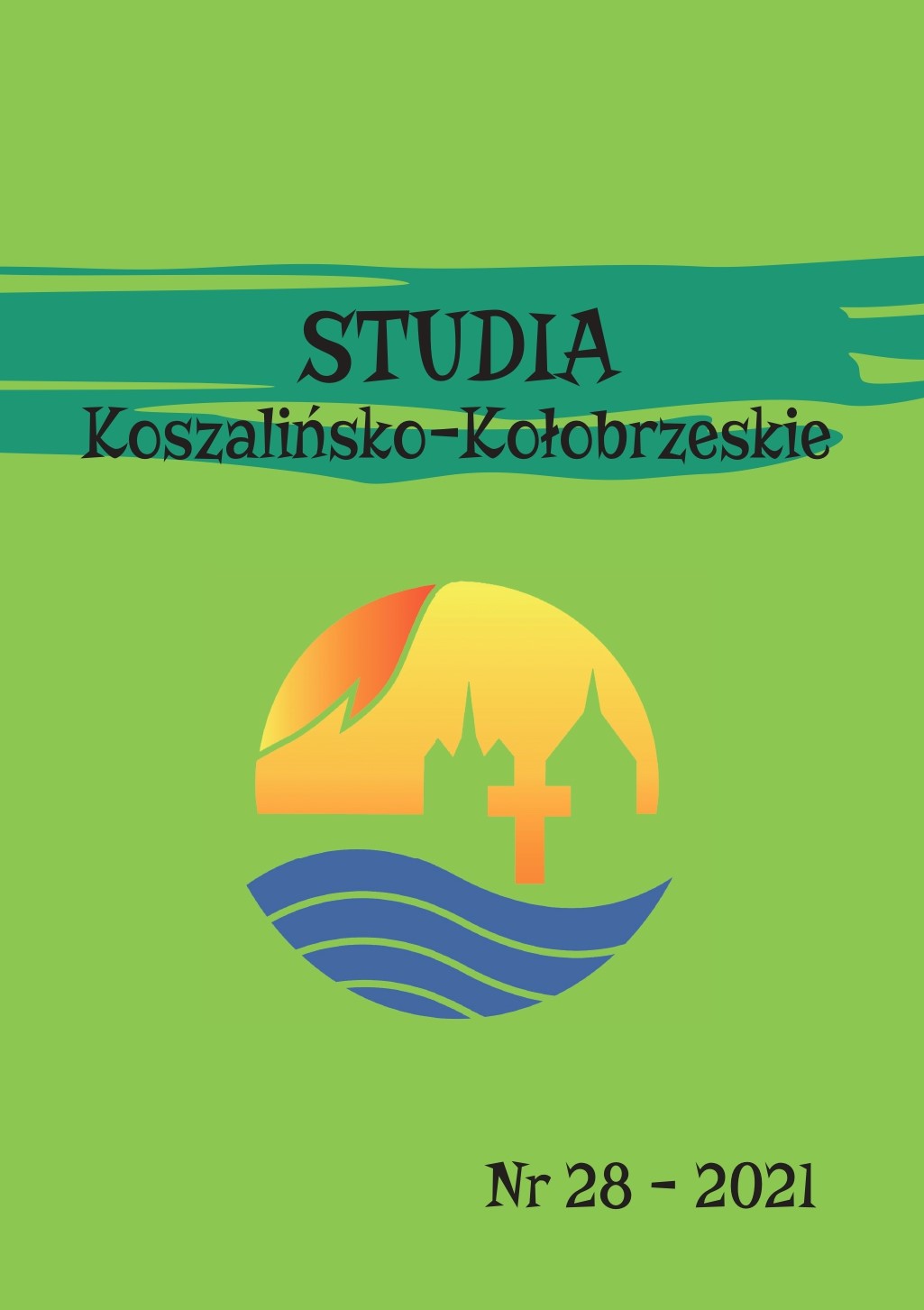
The Church is the sacrament of salvation in communion and all the sacraments are the sacraments of communion – the Trinitarian economy of salvation liturgically realized in the seven evangelical signs that are in the nature of living communion between God and man. “New coming of Christ by the power of the Holy Spirit, and his constant presence and action in the spiritual life are accomplished in the sacramental reality. (…) The Church is the visible dispenser of the sacred signs, while the Holy Spirit acts in them as the invisible dispenser of the life which they signify. Together with the Spirit, Christ Jesus is present and acting. (…) The fullness of the salvific reality, which is Christ in history, extends in a sacramental way in the power of the Spirit Paraclete” (John Paul II, Dominum et Vivificantem, 61–64). The sacraments of the healing of communion are the Sacrament of Penance and the Sacrament of the Anointing of the Sick. Guilt and sin are disruptions of communication and wounds inflicted on communion. The Holy Spirit places people in the presence of Christ and enables them to know the truth so that they can live in harmony with it. The risen Christ calls us to conversion and change of thinking, and the initiative to seek and reach out to Christ belongs also to the Holy Spirit. The process of liberating man from the bondage of sin and iniquity is always done in the Sacrament of Penance and Reconciliation under the influence of the Holy Spirit, who purifies and transforms all with the fire of his presence. Everyone is at risk of disease and its consequence is exclusion of society. Early Christian prayers of consecration attribute the healing effect in the bodily and spiritual realms to the holy oil, which receives power from the Holy Spirit invoked in the epicletic prayer of the Church. The effect of receiving the Sacrament of the Anointing of the Sick is a special gift of the Holy Spirit – the grace of strengthening, peace and courage in overcoming the difficulties associated with a serious illness or inadequacy of old age, renewing trust and faith in God and strengthening against the temptations of the evil spirit, discouragement and fear of death, and healing of soul and body. The words from the Letter of St. James 5:14–15 were originally a prayer of intercession of the priests of the community over the sick, combined with the symbolic laying on of hands – the solidarity of the faithful in a communicative word and a non-verbal communication symbol aimed at asking God to save a seriously ill person from the sphere of death as a breakdown in communication and to prolong life in communion with God and people. The anointing prayer also concerns the survival of the sick beyond the borders of sickness and death in the life-giving Holy Spirit and in communion with the risen Christ. The anointing of the sick celebrates the universal presence of the mission of the Son and the Holy Spirit in man and in the Church beyond sickness and death.
More...
The Social Crusade of Love is a Polish model for the renewal of Christian life in the spirit of the Second Vatican Council. On the threshold of the second millennium of Christianity in Poland, Cardinal Stefan Wyszyński brought it into practice. His Letter for Lent from 1967 is considered to be the program document of the Social Crusade of Love. Numerous further statements, in particular documents of the Polish Episcopate, constitute an important complement. The overriding objective of the “Social Crusade of Love” is the revival of Christian love in the Polish nation. The necessity to reach for sources is best expressed in the first part of the program document, in which they are included in four points: God-Love, Jesus Christ – the Messenger of the Father’s love, the Church – the proclaimer and defender of love, and the penetration of the Spirit of Love into the human family. This specific theological tractate on the “Social Crusade of Love” must necessarily be complemented by the presence of Mary, who is the Mother of Beautiful Love. The Primate of the Millennium, knowing perfectly how to connect religiousness with national identity in difficult times, incarnated the theology of love in the daily life of the Nation. The title of the action in the field of ordinary pastoral work includes the word “crusade”, which comes from the Latin word crux, because this action is synonymous with the fight for the living God who is Love in the souls of all God’s children.
More...
Round anniversaries of important events invite us to reflect and, in the case of Truths of the Faith, to look at their origins. The dogma of the Assumption of the Blessed Virgin Mary, present in the Church for centuries, was solemnly proclaimed only seventy years ago at the request of bishops and the lay faithful, in the Apostolic Constitution Munificentissimus Deus. The content of this dogma was developed, enriched with the teachings of successive popes to show that Mary of the Assumption is not only a model, an example to follow, but also the hope of believers for their Assumption.
More...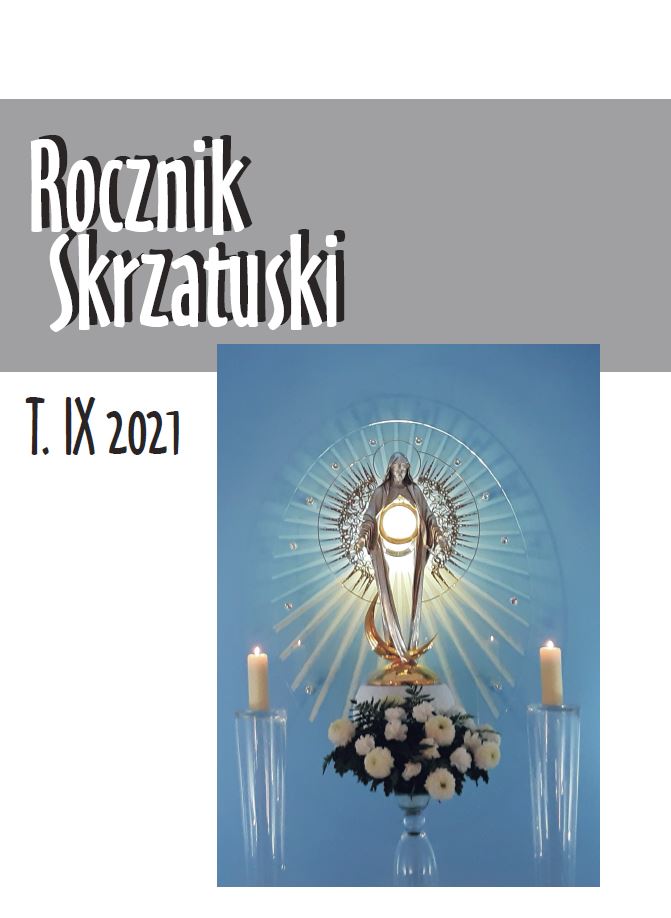

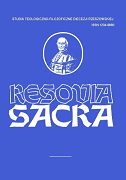
Review of: Paweł Gawron, KS. Jerzy Popiełuszko – świadek bożego miłosierdzia. Rozważania na trzecie piątki miesiąca“, wydawnictwo św. Stanisława bm, Kraków 2018, ss. 120, ISBN 978-83-7422-902-9
More...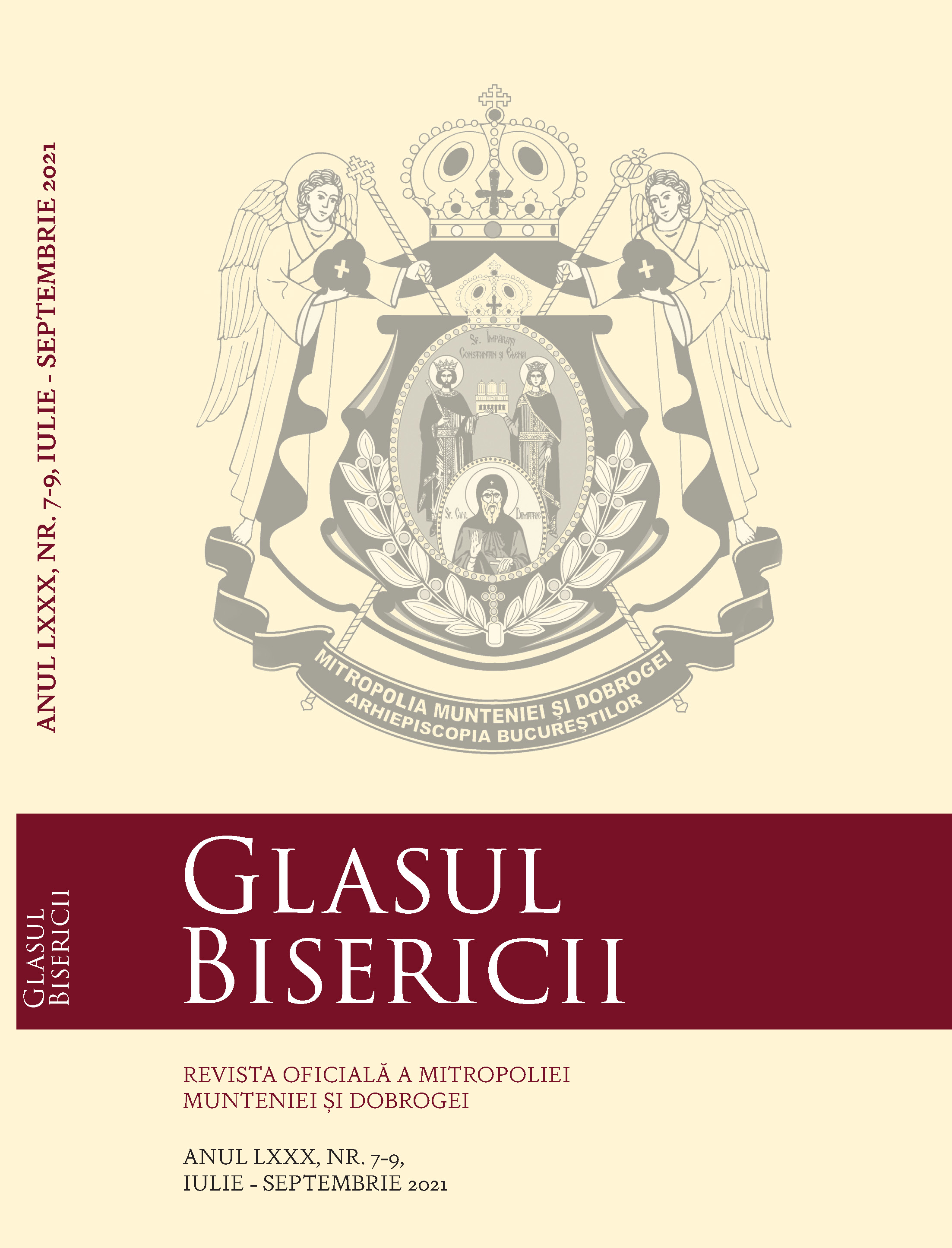
The issue of reception into the Orthodox Church of the Roman Catholics since the 11th century was marked, over time, by a controversy regarding the manner of reception and, respectively, the principles of implementation of the Canon Law in this context: (1) by (re)baptizing (the principle of akribeia) or (2) by chrismation and libellus of faith, or only by libellus (the principle of economy). Customary for 11th-12th centuries, recorded on a individual level, was the (re)baptism of the Latins, on the main basis of their deviation from the Apostolic manner of performing this Mystery. Considering that in West, at that time, three types of Baptism co-existed (by triple immersion, by single immersion and by affusion / aspersion), the economical custom of chrismating the Latins baptized by triple immersion appears by the end of 14th century. The Synod of Constantinople in 1484 records at a conciliar level, for the first time, an (economical) manner of reception of the Latins, by chrismation and libellus of faith, without issuing any reference to the validity or invalidity of the Latin baptism. Another Synod of Constantinople, summoned in 1755 because of the Western proselytism, decides a return to the principle of akribeia in receiving of the Roman Catholics, by (re)baptism, considering the breaking of the Western type of Baptism with the Apostolic practice (after the sanction of aspersion by the Council of Trent in 1545-1563). Although the synodal decree of 1755 continued to be normative in 18th-19th centuries, it didn’t mean a pan-Orthodox consensus was acquired: in Russia, a statement of the Synod of Moscow in 1620 demanding the (re)baptism of the Roman and Greek Catholics was reversed at the Synod of Moscow in 1667, which decreed the use of economy, a decision remaining in force until nowadays; in Middle East, the Antiochian Throne practiced, since the end of 19th century, the chrismation of the Roman Catholics and Melchites. The lack of consensus in this matter was acknowledged in a Patriarchal and Synodical Encyclical issued in 1875, whereby the manner of reception of Roman Catholics is left to the judgement of the local Bishop. While a pan-Orthodox agreement wasn’t yet reached in this regard, we may consider that the above-mentioned Encyclical already presents the solution: it is not uniformity, but the freedom which characterizes the Orthodox position, determined by the pastoral and missionary necessities of each historical period. The two principles of akribeia and oikonomia, which lay behind the different manners of receiving Heterodox converts, are asymmetric to each other, without jeopardizing the canonical integrity of the Orthodox Church, based on the ancient tradition of the Apostles and the Fathers. Translated from English by Radu Hagiu.
More...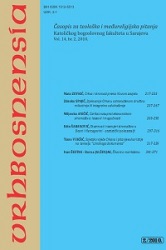
The review of: Milenko Krešić, Nadbiskup Stadler i financije: gradnje, nekretnine i poslovi, Sarajevo, KBF, 2021., 220 str.
More...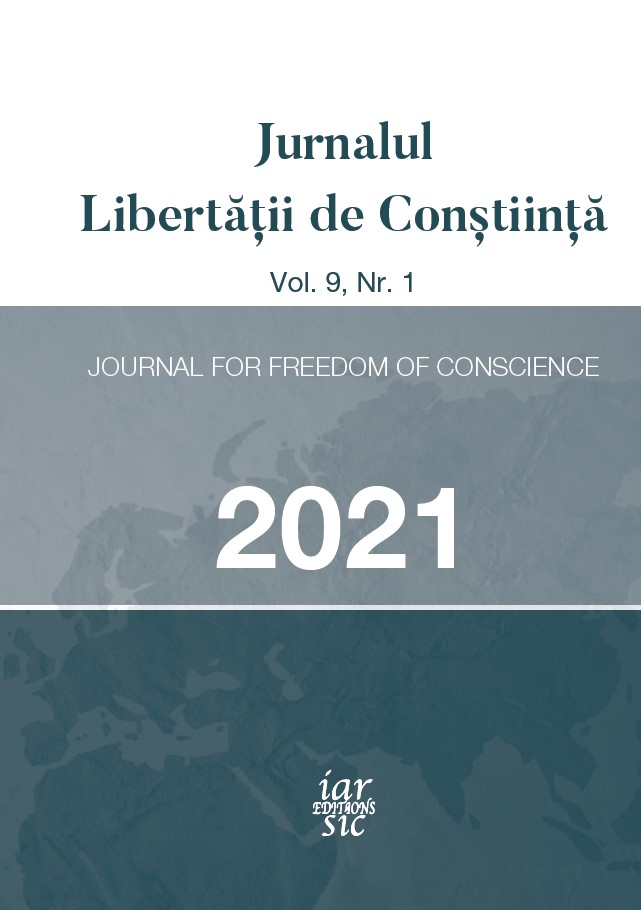
John Clarke is one of the pioneers of the Baptist faith in the New World of the seventeenth century, but also one of the most remarkable fighters for religious freedom. He has not yet received the attention he deserves for his strategic battle for achieving a place where freedom of conscience can be literally lived out. Inspired by Roger Williams of the Providence Plantation, Clarke and others purchase an island from the Indians in order to create a haven for all those wanting to freely exercise what they believe to be the right to religious freedom. John Clarke, a highly educated Englishman who had sailed to the new shores in order to find freedom, takes on the challenge of getting the approval by the English Crown of a charter that would offer religious freedom to all inhabitants of the newly formed Rhode Island colony. In 1663, the Baptist pastor receives the charter signed by the King, a constitution that was unique at the time and which was the longest surviving fundamental law of a state until the nineteenth century.
More...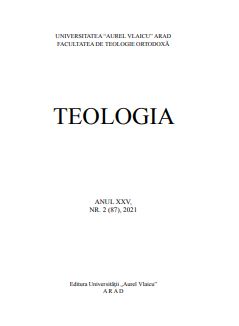
Over time, Romanian Christianity has treasured many faces of chosen people, placed in the aura of holiness. The monastic tradition, the truly Christian life of the communities and the history with its turbulent periods have crystallized in the piety of the people many names of fathers, martyrs and confessors. Became autocephalous in 1885, the Romanian Church had several attempts to canonize its saints at the end of the 19th century. But the first official canonization of Romanian saints took place only in 1955, during the communist regime, through the care of the patriarch Justinian Marina (1948-1977). In conditions of religious freedom, the largest action of canonization of the Romanian saints took place in 1992, and the Metropolitan Nestor Vornicescu substantially contributed to this endeavor. Through the efforts of documentation of this great hierarch, 19 Romanian saints were placed in the synaxarion and the cult was generalized for other 38 proto-Romanian or foreign saints, honored by other Churches, but who had links of mission, preaching or martyrdom with the Carpathian-Danubian-Pontic space.
More...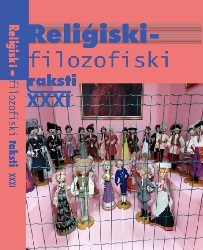
In the middle of the 1980s, the political situation in the USSR allowed the Orthodox Church to set in motion a project for the creation of a text answering the question of what exactly a modern priest should be like. Officially, the responsibility for the realization of this project lay with the Publishing Department of the Russian Orthodox Church, but in fact a young specialist whose work had not been previously featured in a single official Church publication was selected for the task. Over the course of several years, this person succeeded in putting together a text of more than 700 pages in length. The over 40 chapters of this book, entitled A Handbook for the Clergy. Volume VIII. Pastoral Theology provided answers to key questions which a priest in the late Soviet period might encounter. However, the text was not the original work of the author: the book combined in its pages several dozen different sources, beginning with classic textbooks on pastoral theology and ending with the Soviet works on the culture of laughter in Ancient Rus’. The text of Volume VIII represented a sort of patchwork quilt of theological thought; in the act of sewing together the individual segments of this quilt, its compiler left traces which permit not only the original textual components of the work to be reconstructed, but also the author’s own ideas, which he strove to include in the text.
More...
This report uses the data from the sermons belonging to Archpriest Tavrion (Batozskiy) and Archpr. Sergiy (Savelyev). The focus is on their ministry in the 1960s-1970s, one of the most difficult times for the Russian Orthodox Church, when the majority of the old-school priests died in the labour camps while the young ones were the products of the Soviet system, some of them government appointees. Their unwavering faith and steadfast Christian love challenged atheistic ‘soviet spirituality’, that denied individual freedom and destroyed human spirit. In the 1960s-1970s Archpriest Tavrion was the head and Spiritual leader at the Spaso-Preobrazhensky Convent near Yelgava, Latvia, while Archpriest Sergiy served as a parish priest at the Pokrov Church in Moscow. It was this time that became for Frs. Tavrion and Sergiy final period of their life and ministry – the most spiritually significant. Most of the sermons extant was delivered during that period.
More...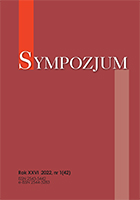
Pope Francis has guided the Church so as to make her more synodal in character, which is why another Synod of Bishops already deals with the issue of synodality and is committed to find its appropriate shape. It is vital to analyse thoroughly the origins of this matter since only then it will be possible to deal with it correctly and to apply it in the mission of salvation pursued by the Church. In the teachings of pope Francis we can find clearly defined principles which may constitute a foundation for correctly understood synodality which can be incorporated in the life of the Church on different levels of her activity. These principles constitute an appropriate preparation for the present Synod of Bishops and the appropriate orientation for its proceedings and particular undertakings.
More...
In recent decades the topic of the relationship between primacy and synodality has increasingly come up in ecumenical dialogues. It especially refers to the official catholic-orthodox dialogue, started from its first document adopted in Munich in 1982 to the recent documents of Ravenna (2007) and Chieti (2016), addresses the issues of primacy and synodality in the context of Eucharistic ecclesiology. The study of the St. Irenaeus’ Working Group published in 2018 is another important document on the same content. The aim of the article Synodality and Primacy as a Challenge in Catholic-Orthodox Ecumenical Dialogue is to show the development of a synodal and primacy thought in the work of the International Mixed Commission for Catholic-Orthodox Dialogue. It both estimates the state of synodality in the Orthodox Churches from the perspective of Eastern theology and presents a document produced by the St. Irenaeus Group who aspires to contribute to an official Catholic-Orthodox dialogue.The noticeable impasse in the dialogue is, largely due to ecclesiology that reduces the Church to the local level, Orthodox ethnophilicism, competition for primacy in the Orthodox world between the Moscow and Constantinopolitan patriarchates and the denial of the legitimacy of the development of the primacy of the Bishop of Rome in the first and especially the second millennium. The denial is shown also by many Catholic theologians.
More...
Community life, along with the practice of the evangelical counsels in imitation of Jesus Christ, is one of the essential elements of religious life. The article discusses the theological sources of the religious community, showing its biblical foundations and the inspiration which it draws from the inner life of the Holy Trinity. The second part presents some practical and contemporary elements of the community dimension.
More...